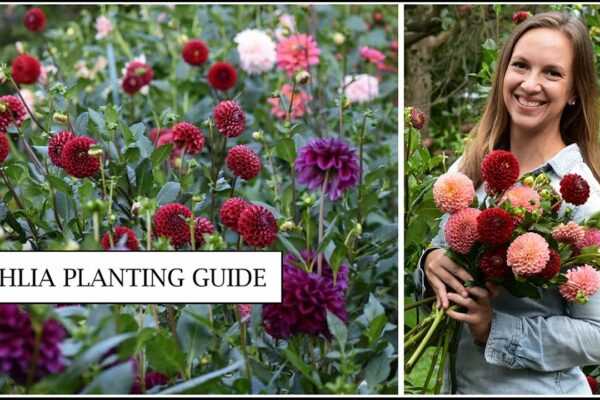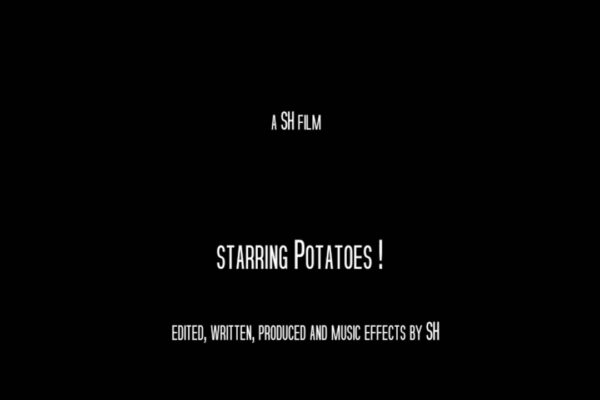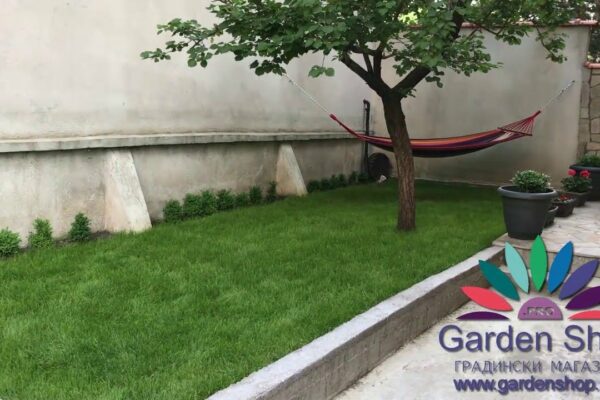
In Rhode Island, what is the ideal time for planting dahlias?
When it comes to planting dahlias in Rhode Island, timing is crucial for a successful growth. The ideal time to plant dahlias is after the last frost date, usually around mid to late May. This will ensure that the soil has warmed up enough for the tubers to thrive. Late spring and early summer provide the perfect conditions for dahlias to establish strong roots and thrive throughout the growing season.





